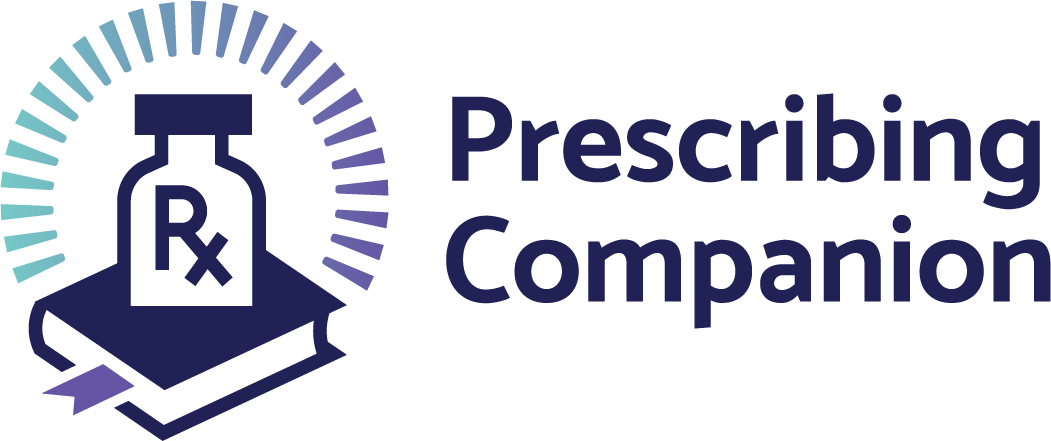These include:
- Dental caries
- Periodontal disease
- Oral candidiasis
- Herpes simplex stomatitis
- Mouth ulcers
Dental caries This is a sugar-dependent disease, which by a combination of chemical and bacterial action, progressively destroys the enamel of the tooth. Many bacteria ferment sugar to produce acid, which in turn causes lesions on the enamel of the tooth.
Clinical features
- Chalky white spots on the chewing surface of the tooth
- Sensitivity of tooth to cold or hot drinks and foods
- Cavity on the tooth
- Pain
- Swelling at the base of the tooth if pulp nerve roots are involved
- Fever
Treatment
Treatment aims to preserve the tooth as far as possible.
Drugs used in infections, complicated extractions or prophylaxis:
- Phenoxymethyl penicillin, adults; 250-750mg orally 6 hourly, children; 1 – 5 years; 125mg orally 6 hourly, 6 – 12 years; 250mg orally 6 hourly
- Paracetamol, adults; 500mg -1g orally 3 times daily, children; 10-20mg/kg orally 3 times daily or
- Aspirin, adults; 600mg orally 3 times daily (Not recommended for children)
Conservation
- Tooth filling
- Root canal treatment if the pulp is affected
Surgical
- Extraction
- Apicectomy
Prevention
- Encourage maintenance of good oral hygiene
- Reduce the intake of sugary foods
- Use of fluoride-containing toothpaste
- Use of mouth rinses containing fluoride
- Use of topical fluoride applications
- Use of sealants in children, where available
- Dental check at least twice a year
Periodontal disease This is a pathological condition of the periodontium and refers to inflammatory diseases which are plaque-induced.
These fall into two groups:
- Gingivitis
- Periodontitis
Gingivitis
- This is an inflammatory condition of the free gingivae. It is caused by dental plaque and supragingival calculus or tartar. In this condition, there is no destruction of the supporting tissue.
Clinical features
- Red mucosa
- Loss of gum texture
- Gums bleed easily
Treatment
Scaling and prophylaxis
Drugs
- Metronidazole, adults; 200mg orally 3 times daily for 5 days, children; 7.5mg/kg orally 8 hourly for 5 days
- Phenoxymethylpenicillin, adults; 250-500mg orally 6 hourly for 5 days, children; 12.5 -25mg/kg orally 6 hourly for 5 days or
- Erythromycin, adults; 250-500mg orally 6 hourly for 5 days, children; 2-8 years; 12.5 - 25mg/kg orally 6 hourly, 8-12 years; 25 – 50mg/kg 6 hourly for 5 days
Preventive
- Encourage maintenance of good oral hygiene
- Gargle warm salty water or mouthwash after every ‹ meal
- Brush teeth at least twice daily
- Flossing
Periodontitis
This is an inflammatory response of the free gingivae affecting all the periodontal structures. It is caused by plaque and supra or subgingival calculus. It results in the destruction of the attachment apparatus and the development of a periodontal pocket. Halitosis is usually present.
Treatment
- Scaling and prophylaxis
- Subgingival curettage
Drugs
- Metronidazole, 200mg orally 3 times daily for 5 days Refer patient to the next level
Prevention
- Encourage maintenance of good oral hygiene
- Use of mouthwash containing fluoride
Oral candidiasis This is an infection of the mouth caused by Candida albicans. It is commonly known as oral thrush. The infection sometimes also affects the pharynx.
The predisposing factors include trauma, denture wearing, dryness of the mouth, inhaled steroids, radiotherapy, diabetes mellitus, antibiotic therapy, HIV/AIDS.
Clinical features
- Creamy white or yellow plaques on normal mucosa
- Patches on the palatal and buccal mucosa and dorsum ‰ of the tongue
and gums. - Removal of plaques reveals bleeding surface.
Treatment
Drugs
- Gentian violet solution, topically 2 times daily for 7 days or
- Nystatin oral suspension or lozenges, 2 times daily for up to 10 days or
- Miconazole oral gel applied 2 times daily for 10 days or
Refer to a specialist in case of:
- No improvement
- Painful or difficulty in swallowing or
- Affected pharynx.
Supportive
- Remove or treat the predisposing factor.
- Use snuggly-fitting dentures.
- Good oral hygiene.
- Gargle warm salty water after every meal.
Herpes simplex stomatitis This is inflammation of the mucosal area due to infection by the herpes simplex virus. It is usually a self-limiting condition clearing up after 7 - 10 days. It is characterised by painful, shallow ulcers around the lip area, gums and tongue. It is common in small children who usually present with high fever and refusal of food because it is too painful to eat.
Treatment
- Debridement
- Mouthwash with tetracycline
Medicines
- Paracetamol
- *Metronidazole, adults; 200-400mg orally 3 times daily, children; 100-200mg orally 3 times daily for 5 days or
- *Phenoxymethylpenicillin, adults; 250-500mg orally 4 times daily, children; 125-250mg orally 4 times daily for 5 days.
*Used in case of secondary infection only.
Supportive
- Increase fluid intake
- In severe cases, a nasogastric tube may be necessary until the child can feed again.
- Saline mouthwash and gargle
- Avoid acidic foods and drinks
- Refer to a specialist if the condition is severe or does not heal within 7-10 days.
Mouth Ulcers This is a condition in which there is damage to the mucosal lining of the mouth, including the tongue. These are similar to ulcers due to the herpes simplex virus. They are painful and may occur singly or in groups. They frequently recur and can be very troublesome.
Treatment
- Paracetamol
- Aspirin for adults only
- Chlorhexidine gluconate, 10-15ml as a mouthwash kept in the mouth for about 30 seconds to 1 minute 2-3 times daily Ulcers that do not heal rapidly should be referred to a specialist.
